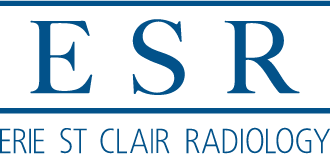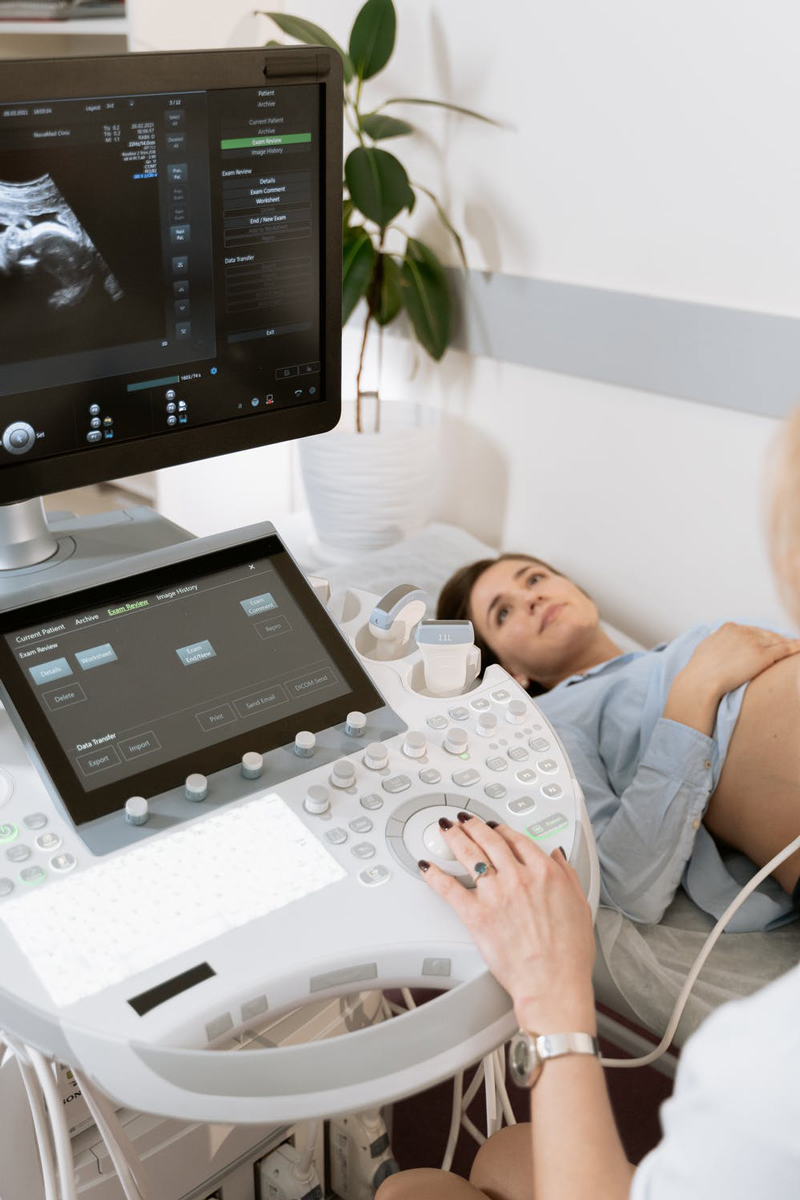X-Rays are a quick and painless way for a physician to look at and evaluate the bones of your body.
Our experienced technologists are friendly and efficient. The exam is completed quickly. Your images will be reviewed by the Radiologist, who will report the findings to your referring physician. You can contact your physician for the results.
How the X-Ray is Captured
X-ray beams pass through your body and are absorbed in different amounts depending on the density of the material they pass through. The resulting shadows and reflections are digitally captured on a computer screen. Dense materials, such as bone and metal, show up as white on X-rays. The air in your lungs shows up as black. Fat and muscle appear as varying shades of gray.
Patient Preparation
- When you come in for an X-ray, depending on which body part is being imaged, you may be asked to remove your jewelry or garments with metal closures. These items can block part of the image.
- You will be asked to either lie on a table, sit or stand and a lead apron may be draped over part of your body to shield it from the X-rays.
- We are sensitive to your individual needs and will help you in any way we can to make you feel as comfortable as possible.
Your X-rays will be reviewed by the Radiologist, who will report the findings to your referring physician. You can contact your physician for the results.
X-Ray service is provided on a first come, first served, walk-in basis.






